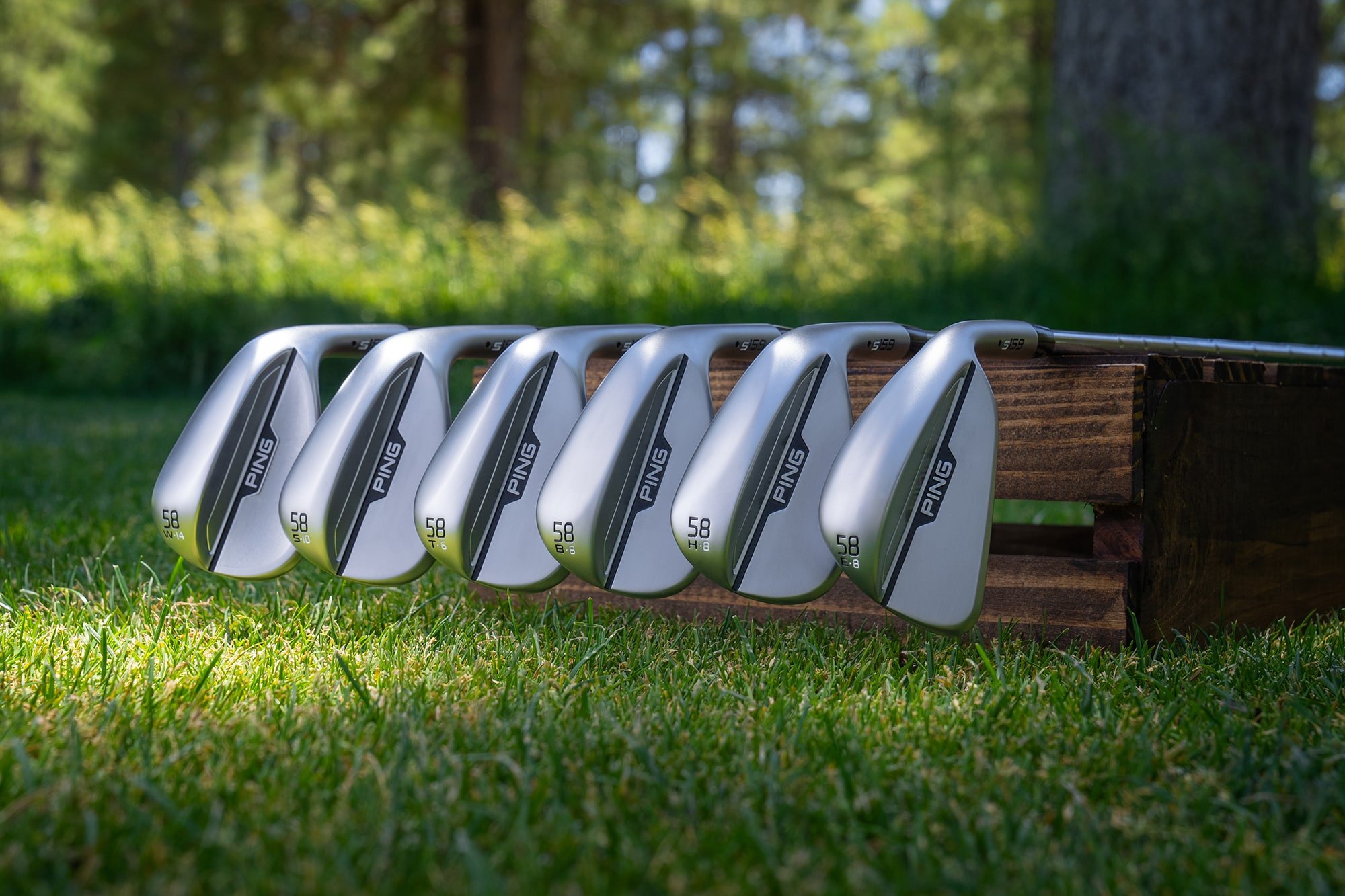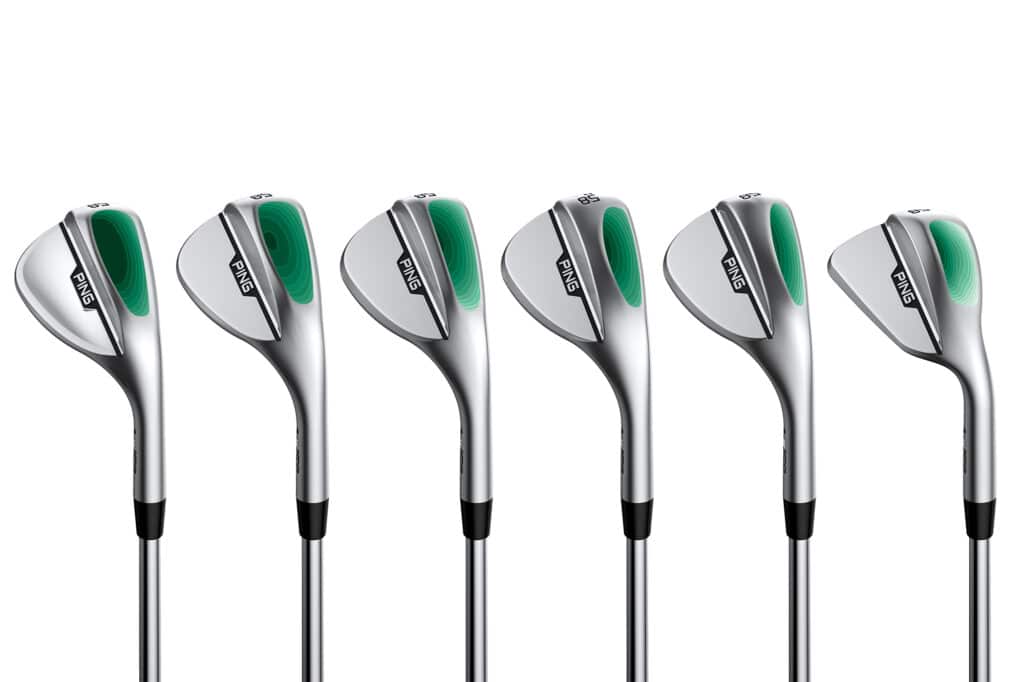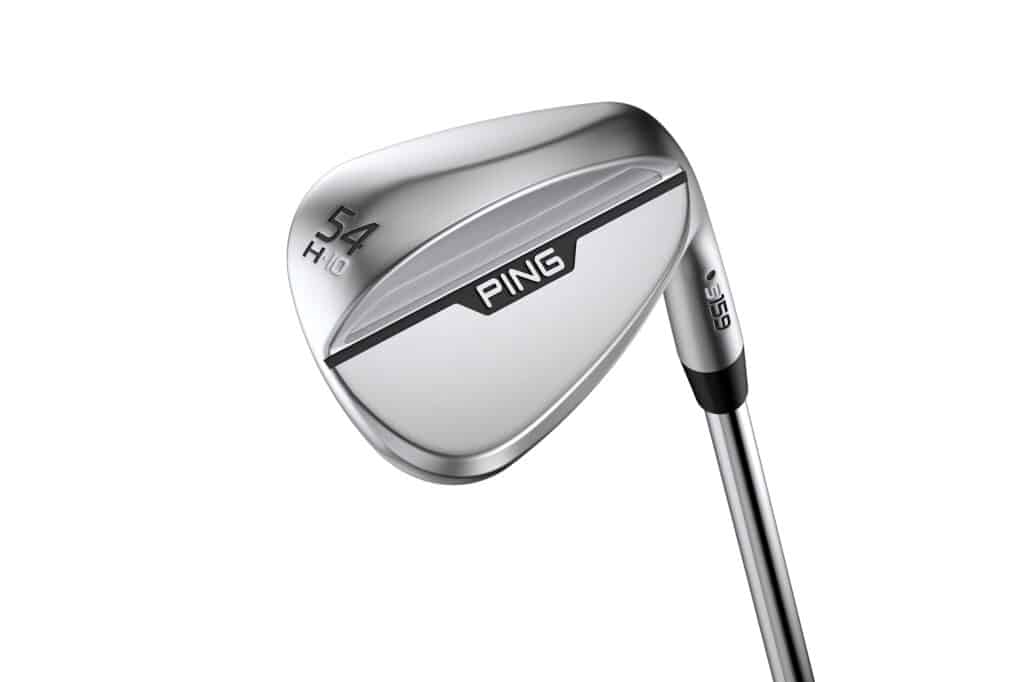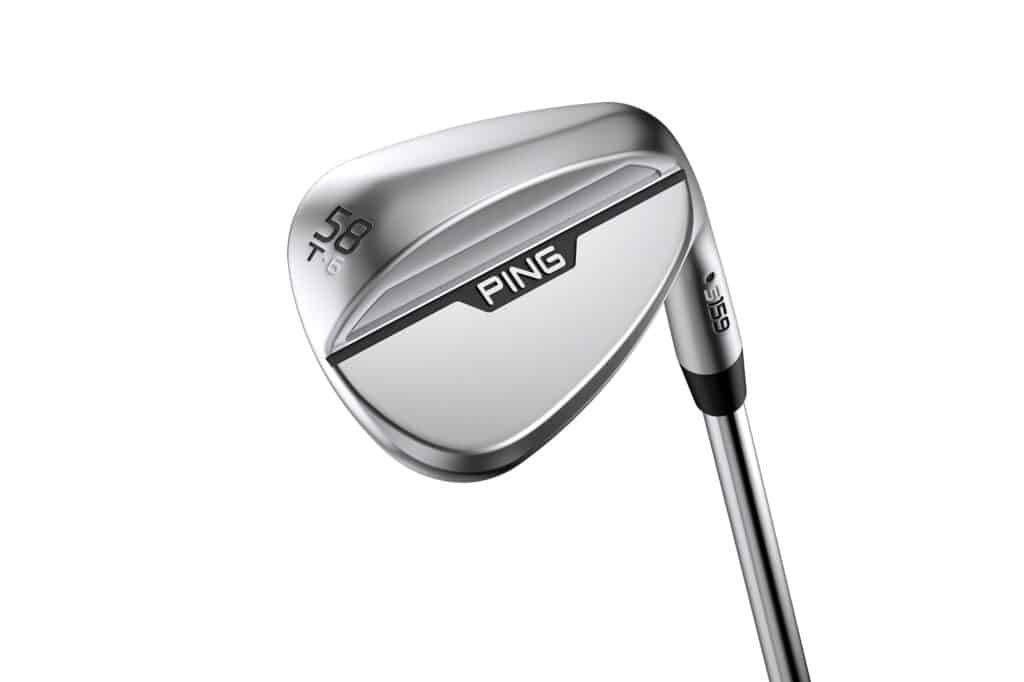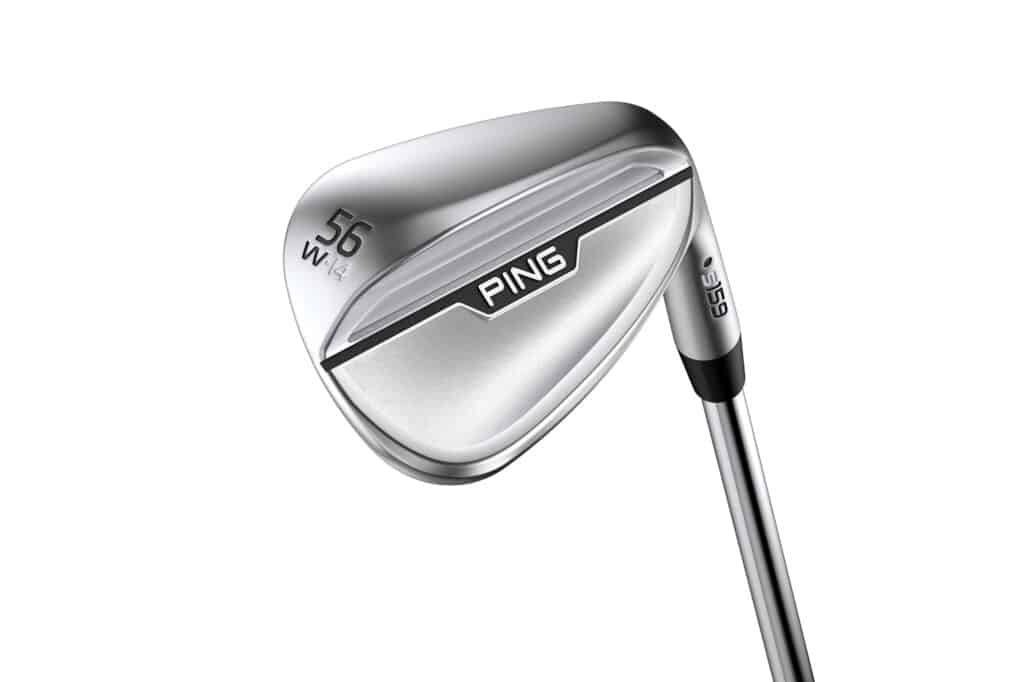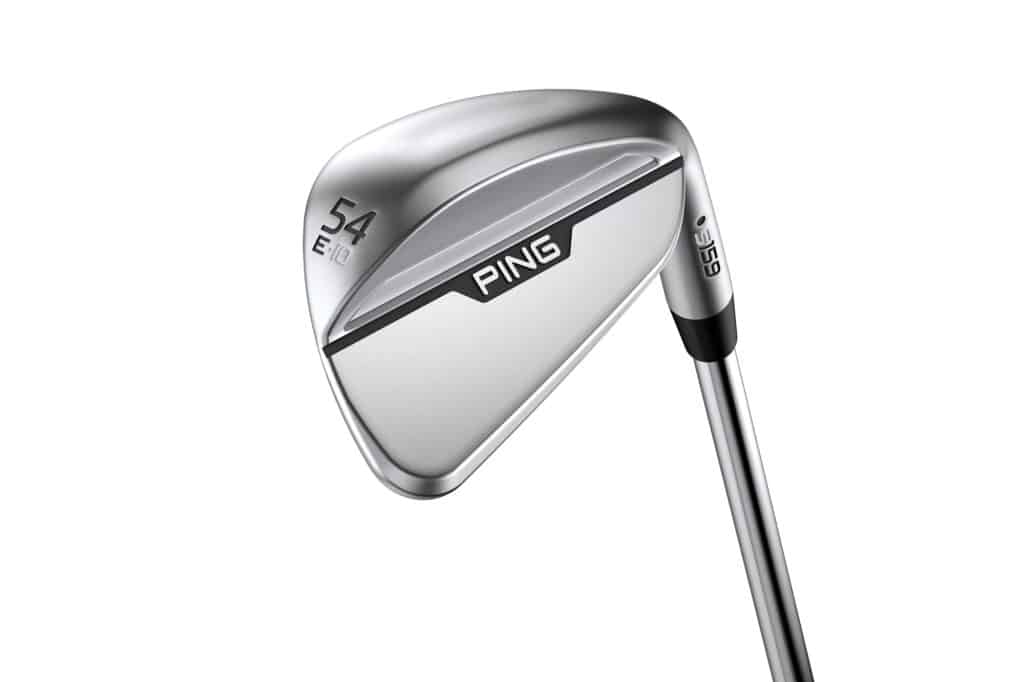Ping’s s159 wedges have already made their mark on tour, so what’s new, and how can you pick which wedges you should be gaming?
Ping s159: The Technology
The Ping s159 wedges are engineered to offer more spin and control into and around the greens, but that isn’t the only new technology.
The 8620 carbon steel head is cast to an eye-pleasing shape with a straighter lead edge, a design feature especially beneficial on full shots. The compact head features an improved hosel transition with constant offset that blends seamlessly into the new Blueprint S and T irons.
Wheel-cut grooves are precision milled for consistency. Higher lofted wedges have more tightly spaced MicroMax grooves, while lower lofted wedges are milled for greater control on full shots.
Ping are big on wet-to-dry spin comparisons. After all, it is very rare a shot doesn’t encounter some amount of moisture when out on the golf course. These are designed to keep spin high even when moisture gets between the ball and the club face.
An elastomer insert behind the club face contributes to a soft more responsive feel.
Grind Options
There are twenty-five loft/grind combinations across the Ping s159 wedge family, including two brand-new Ping grinds.
The grind refers to the shaping of the sole of the club. Different amounts of material can be removed from the sole, heel and toe of the club to change how the leading edge sits and how it reacts through impact.
